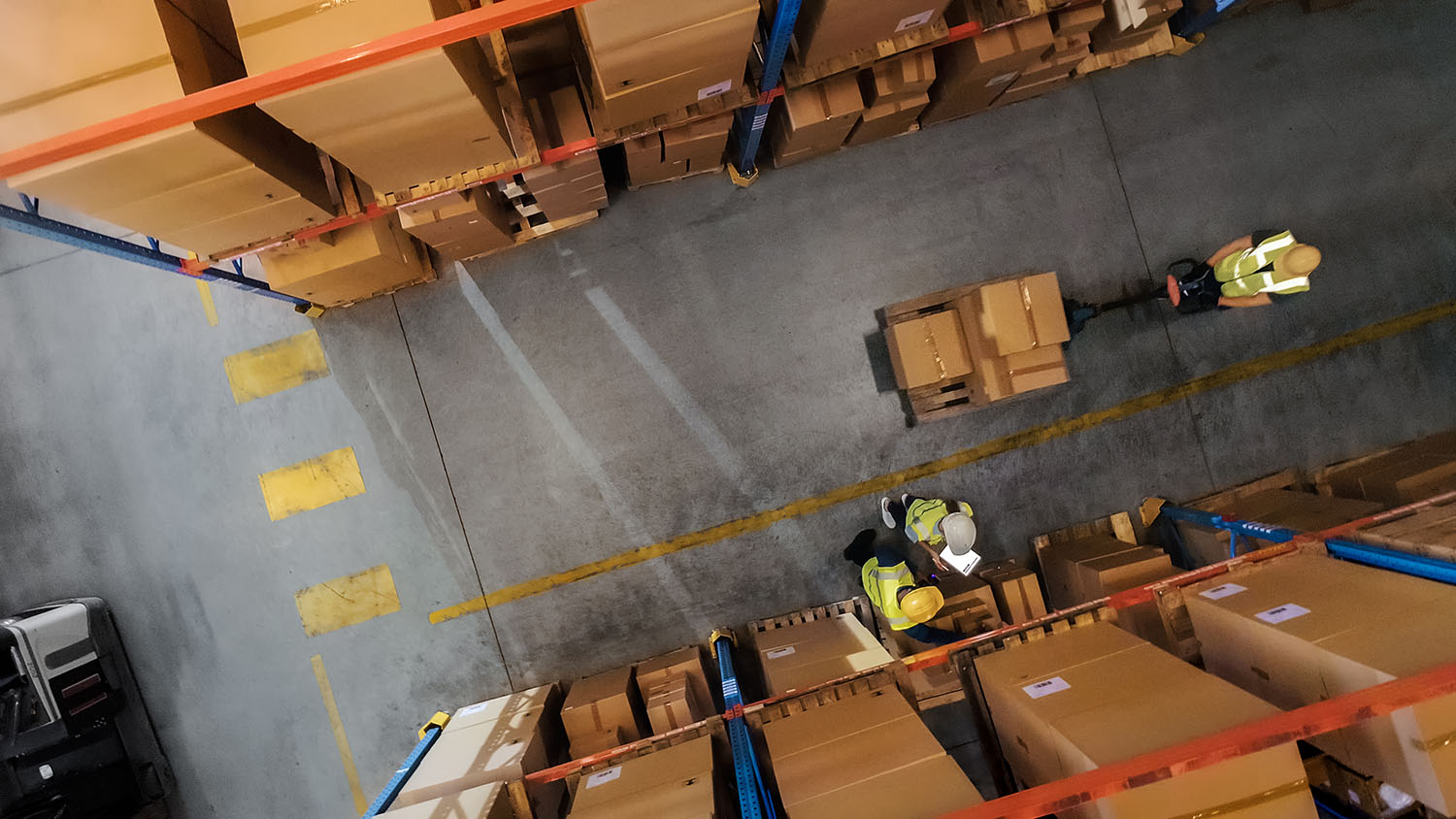The all-important WMS implementation process can be stressful for warehouse managers. Juggling planning the project and allocating resources, collecting and mapping critical data, testing the new system and training warehouse staff — all the while trying to maintain full operating levels — can be complex to say the least.
The benefits of implementing a new WMS far outweigh the challenges involved in changing warehouse management software though. Your new WMS can reduce cycle times, improve inventory accuracy, increase storage capacity and organization, and lead to greater flexibility of your operations.
So how should you go about implementing your new warehouse management system? We’ve broken the stages down into: before implementation, at deployment, and after go-live to give you some insider tips to make your implementation a success.
Before Implementation
Project planning
Planning is critical to the success of your implementation. Significant technology changes will affect every area of your warehouse, so it’s important to be comprehensive at this stage and outline the scope of the project and a change management plan.
As you begin planning, you should review your current WMS and define the features you need from a new system, meanwhile anticipating any changes to procedure that this may lead to. You’ll also need to organize the resources (the who and what) that will be needed to manage and support the implementation process, as well as determining the project’s timeline and budget. Having a comprehensive plan that key parties have signed off on is the best way to ensure that your implementation stays within scope and on time.
Training
Once you have chosen your new WMS provider, you should map out a training schedule before deployment takes place. It’s essential that all warehouse employees have an understanding of the new system, and you have identified a few key individuals that can become superusers (system experts and administrators).
To ensure that everyone receives adequate training and day-to-day operations are not impacted, you’ll need to create a training schedule. Put together a timetable that staggers training slots for warehouse employees, and make sure teams are notified well in advance.
During Implementation
Data migration
Data migration is one of the most important steps during implementation. It’s beneficial to back-up all of your data before you begin deployment, that way you can ensure nothing gets lost and you have a data safety net.
It is also important to map legacy data onto the new database fields, ensuring data quality and accuracy in the new system before it goes live. As part of your user acceptance testing (UAT), you should test a subset of your typical daily orders, as well as any common exceptions and patterns to determine the success of the data migration.
Support team
Your implementation team and superusers should be on hand to assist at the point of go-live. This is a tentative time and may come across some teething issues. Your allocated support team will be able to troubleshoot issues as they arise and help to keep operations running with minimal delays and interruptions.
Communication is also crucial at this point, as confusion between departments and areas of the warehouse can exacerbate any system errors and lead to issues recurring or going unresolved. Make sure your go-live support team communicates appropriately and also delivers system reports to warehouse managers and other key parties.
After Go-Live
Review
After your new WMS has been running for a month or so, you should review the system and determine if your implementation is a success. Look at the scope and milestones you outlined in your project planning and put this up against the initial metrics of your new system. Some of the metrics to analyze include order cycle time, % fill rate, error rate, and labor time saving to determine if your new system is increasing things like efficiency and profit margins.
Ongoing optimization
Once your system has been in place for a significant amount of time and operations have settled into a comfortable rhythm, you should look to further optimizations that can be made. You may find that additional training needs to be implemented, or training plans for new hires need to be updated, or you may find that you have overlooked aspects of WMS functionality that could assist you in increasing order efficiency or reducing labor costs. Prioritizing ongoing optimization will help you meet your business goals faster and experience continuous growth.
While implementing a new WMS can be complex, remaining on an outdated or inefficient system can be detrimental to your operations and the future growth of your business. By being methodical and comprehensive in your planning before, during, and after go-live, you can achieve a seamless and successful implementation project.
Looking for a more indepth guide so you don’t miss anything in your implementation? Download our whitepaper for free: WMS Implementation Guide: The Comprehensive Checklist Every Warehouse Needs.



